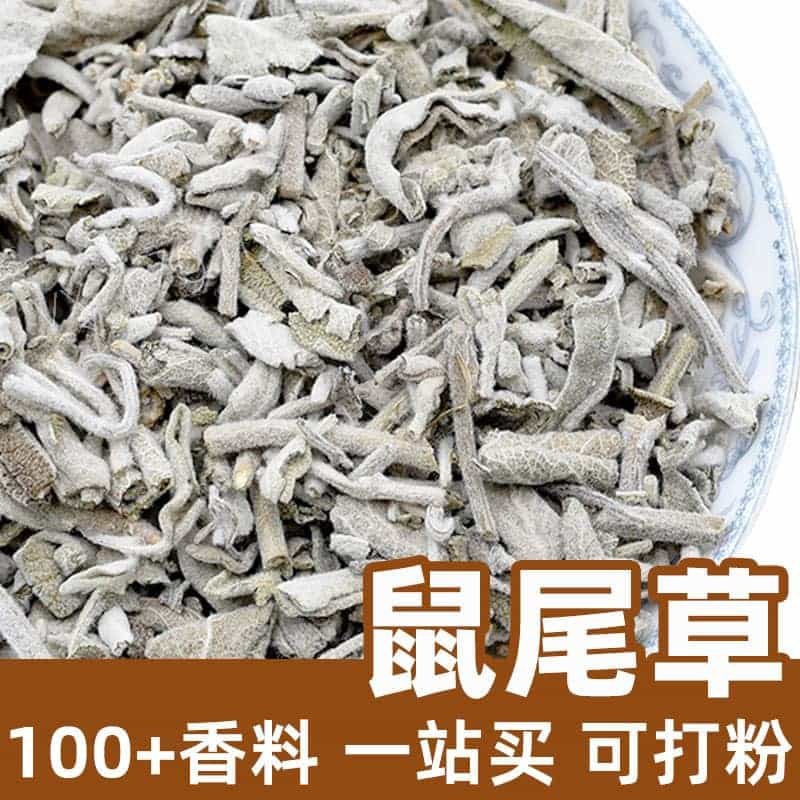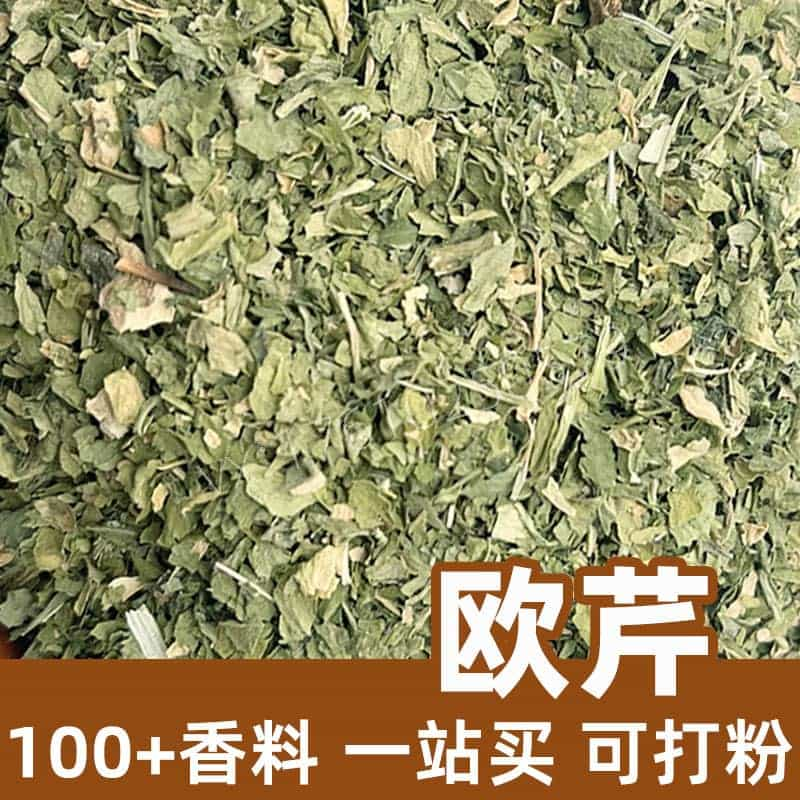Product Description
Cardamom, also known as Sha Xiang in Chinese, is a widely used spice plant. Its fruit has a round, slightly flattened shape, with a pale yellow to greenish outer shell and dark brown seeds inside. Cardamom seeds are known for their spicy flavor and rich aroma, making them a popular choice in cooking, baking, and seasoning blends.
Aromatic Chemical Composition
The distinct aroma of cardamom comes from its chemical composition, primarily its volatile oils. These oils contain a variety of compounds, including limonene and linalool, which give cardamom its unique fragrance and taste.
Volatile oils are one of the most important active components in cardamom, providing a spicy taste and intense aroma. When heated or ground, these compounds release, adding a unique flavor and fragrance to food.
In addition to volatile oils, cardamom contains other compounds that contribute to its distinctive flavor and aroma.
Types of Cardamom Products
Cardamom is most commonly used in its seed form. Popular market forms include cardamom powder and cardamom-based seasonings, each catering to different culinary needs.
Cardamom powder is made by grinding cardamom seeds into a fine form, convenient for flavoring and cooking. Cardamom seasoning is processed for use in desserts, teas, and sauces.
Application Scenarios and Usage
Cardamom has widespread use in cooking and seasoning. Key uses include:
- Seasoning: Cardamom can flavor a wide range of dishes, bringing a unique aroma and taste. It is often used in meat dishes, sauces, pastries, and desserts, infusing food with a rich aroma and spicy flavor. For use, add cardamom powder to dishes as needed.
- Tea: Cardamom is also popular in tea drinks, such as Indian chai and cardamom tea, adding depth and a rich taste to beverages.
When using cardamom, moderate amounts and proper techniques can enhance its spicy and aromatic qualities. Adjust quantities based on recipes and personal taste to bring out its full potential in food and drinks.
Plant Origin, Distribution, and Growth Environment
Cardamom's botanical name is *Elettaria cardamomum*, a member of the ginger family. It is primarily found in tropical and subtropical regions, such as India, Sri Lanka, and Malaysia.
Cardamom thrives in humid, shaded climates and is commonly found in mountainous and hilly areas.
The seeds can be harvested and cleaned, then dried and processed. Processed cardamom seeds can be used directly or stored.
Harvesting, Processing, and Storage
Cardamom seeds can be harvested once the fruits mature, followed by cleaning, drying, and dehusking. The processed cardamom seeds are ready for use or storage.
To maintain freshness and aroma, store cardamom in a cool, dry place, ideally in a sealed container.
In summary, cardamom is a widely used spice plant with a unique aroma and spicy flavor. It is valued in cooking and seasoning, adding a special taste and depth to food. Knowing cardamom’s characteristics, chemical makeup, and uses can enhance its application in foods, adding layers of flavor and distinctive taste.
Monica Sun is a seasoned expert in the natural raw materials industry, with over a decade of experience specializing in traditional Chinese medicinal herbs, spices, and fungi. She is skilled in the sourcing, processing, and application of these materials, emphasizing sustainability and innovation. Monica Sun has contributed to the development of high-quality natural raw materials that serve as essential components in functional foods, pharmaceuticals, and cosmetics, delivering tailored solutions to meet diverse market needs.









.jpg)


.jpg)


